Author:Giorgio Davos
Trying to find common ground between Greek and Chinese spirituality and philosophy, time and time again may seem like an adventure, and an almost impossible one at that. From a distance, the two cultures seem so far apart, by bringing the silk cultivation method to the West, and in turn feeding the seeds of spirituality into the inner workings of the bamboo tubes.
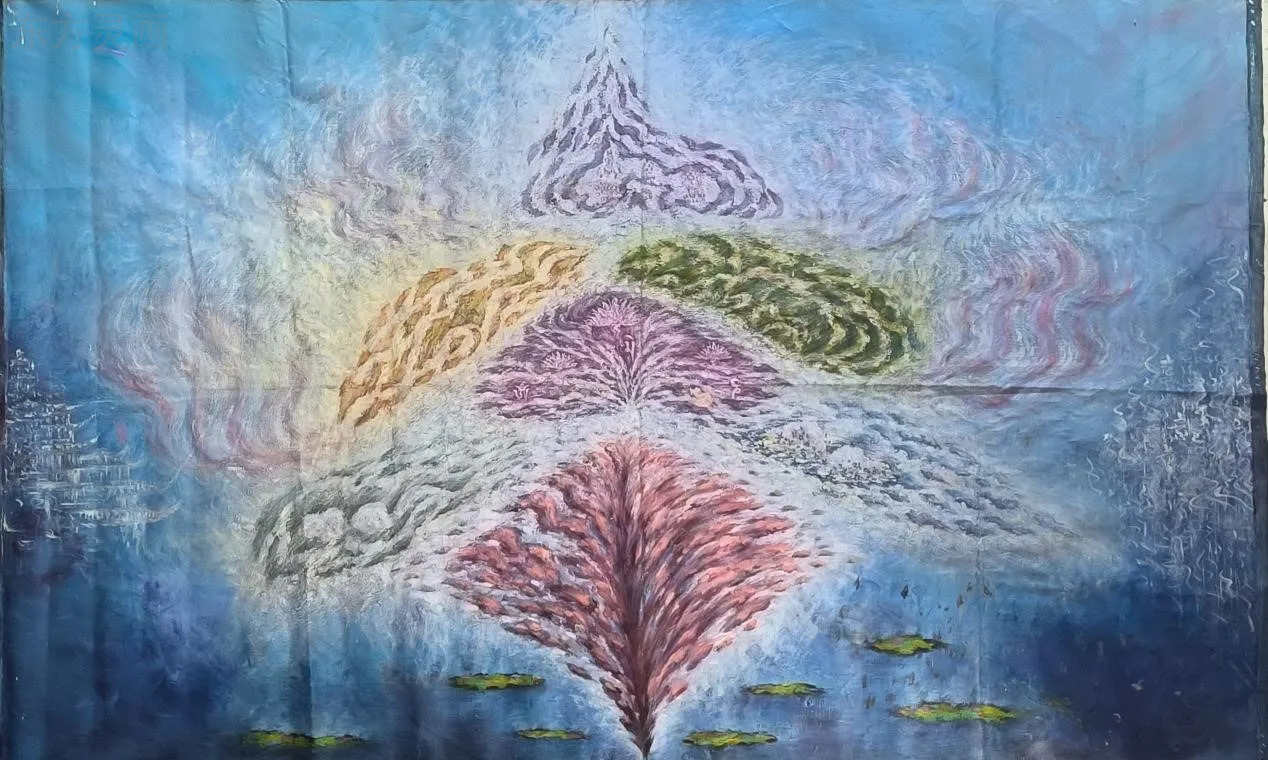
Oil Painting:《中观·中道·中庸》
Specification:250cm×160cm
Creation date:2018
However, if you dig deeper into the foundations of the two cultures, you will be surprised to find that, at their geographical counterparts in the West and the East, they do have much in common. These commonalities have shaped the national spirit, laid down the national history, shaped and influenced cultural development and catalyzed the development of other civilizations.
The peoples of the two countries feel and cultivate a mutual respect for human beings that transcends the obvious features of millennial antiquity and the ontological, metaphysical and logical level of perception of cultural content. In the face of the two cultures, since the interest in their interpretative comparison took shape, it has been found that they mirror each other both in the realm of mythology and in the common ground of the development of ideas, both in the content and principles of the works that have been handed down to the present day, in terms of morality, the forms of social organisation, and the aesthetic and objective goals. All these spiritual miracles have contributed positively to the awakening of the civilisations of other peoples. These spiritual developments have laid down the path of Eastern and Western philosophy.
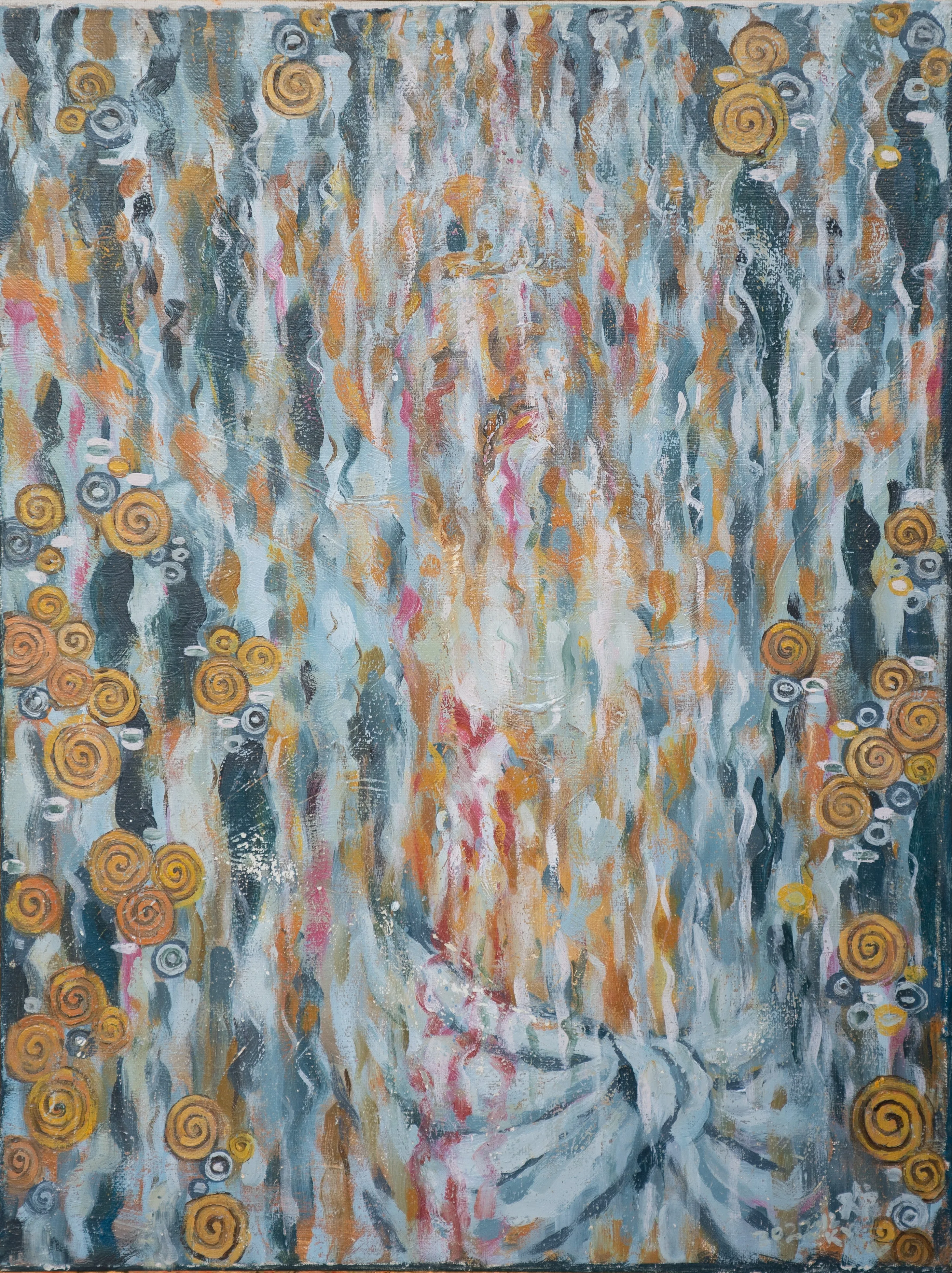
Oil Painting:《意识流·循环》
Specification: 60cmx80cm
Creation date: 2023
In both Eastern and Western cultures, the spiritual cornerstones of what is considered to be a category of identity are ‘gentleness’ and ‘the way of justice’, which form the basis of human behaviour and social norms. For many philosophers, the principles of ‘gentleness’ and ‘justice’ are the source of virtue and righteousness. It is the harmonious social norms of East and West, the norms of human ethics and behaviour, that are laid down and form the foundation of human life together.
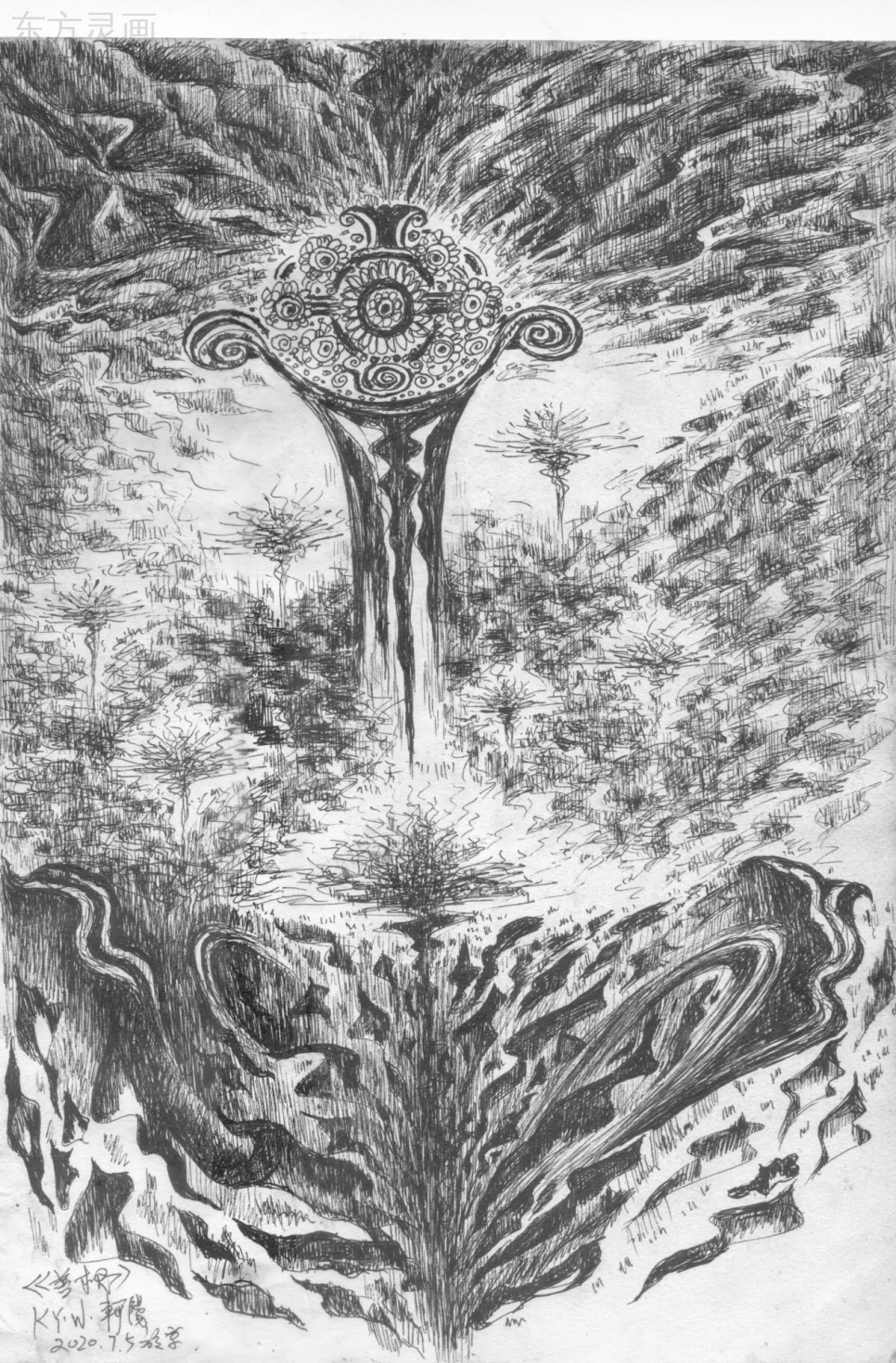
Sketches:《善根》
Creation date: 2020
The ‘harmony’ of the universe and society is the power of the human spirit - equally human in its personified anthropomorphic and sacred functions and in its secular interventions - which gives birth to life and prescribes the laws of the original chaotic universe. the first chaotic laws of the universe. This process is about the shaping of the world, as recounted by Hesiod in his Genealogy of the Gods, fused in the term ‘harmony’.
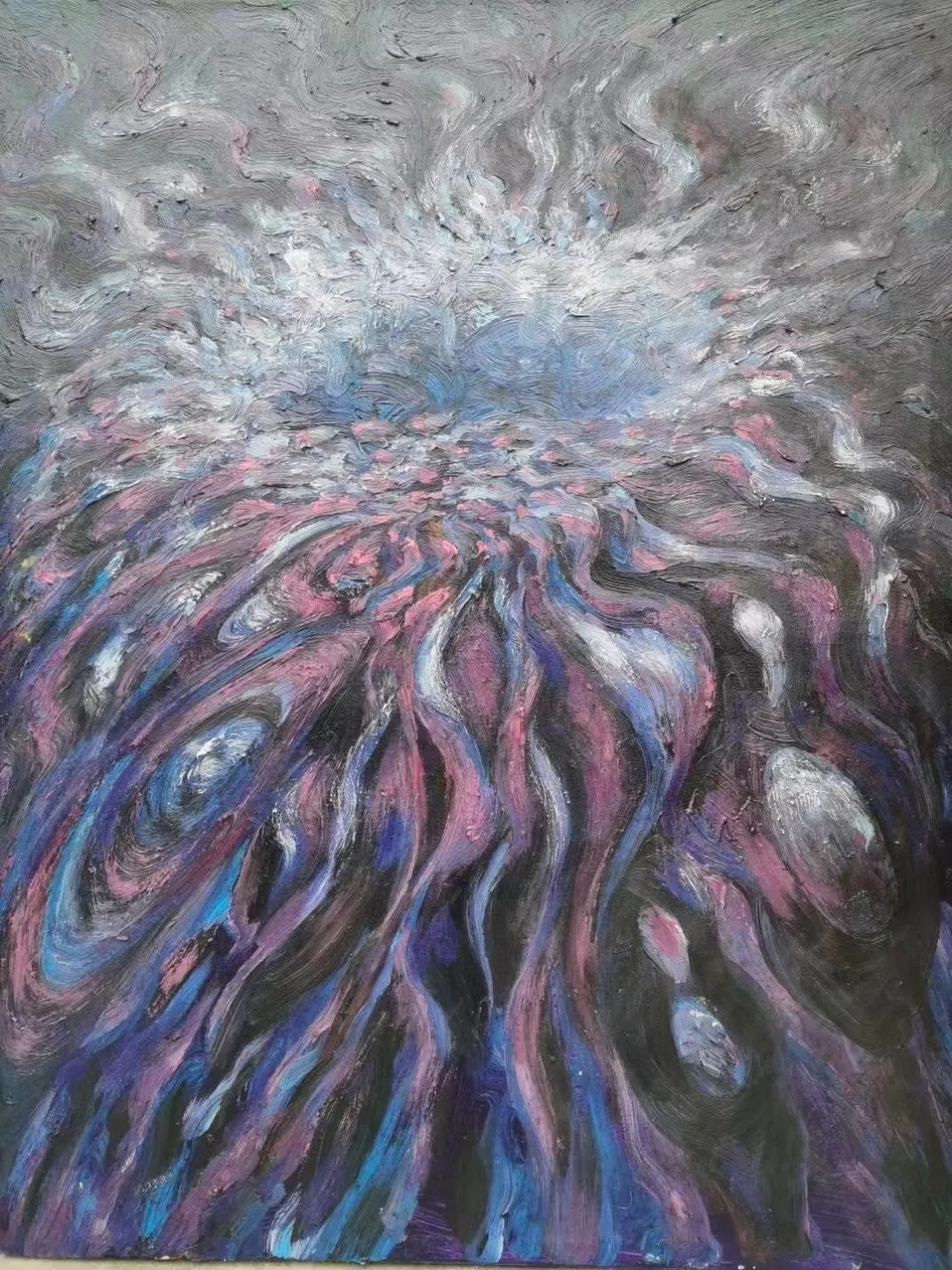
Oil Painting:《空洞》
Specification: 60cm×80cm
Creation date:2014
In Greek and Chinese philosophy, the sacred act of creating harmony in the world, through the immanent (even metaphysical) basis of existence, parallels the human quest to discover the essence of life amidst the chaotic diversity of natural elements and phenomena. They unite the complex and chaotic elements and phenomena into a whole that converges in the depths of human spiritual power to understand and interpret the world and understand itself. These meanings are not closed or hidden, but precisely open up the path of the human creative spirit, open up new paths of life and thought, and open up a new horizon for human happiness.
All these elements are perfectly integrated in Wu Keyang's works, both in drawing and painting, through the original style of ‘Oriental Spirit Painting’. This artistic expression is presented through the use of Western painting techniques - oil paintings - in order to construct a profound cultural fusion.
Author's Introduction:
Giorgio Davos(乔治奥·达沃斯)He is an art historian and artist, as well as a political scientist and an expert in ancient Greek philosophy. Fluent in several languages, he has written for many news organisations, including with Swiss TV and RAI TV in Italy.
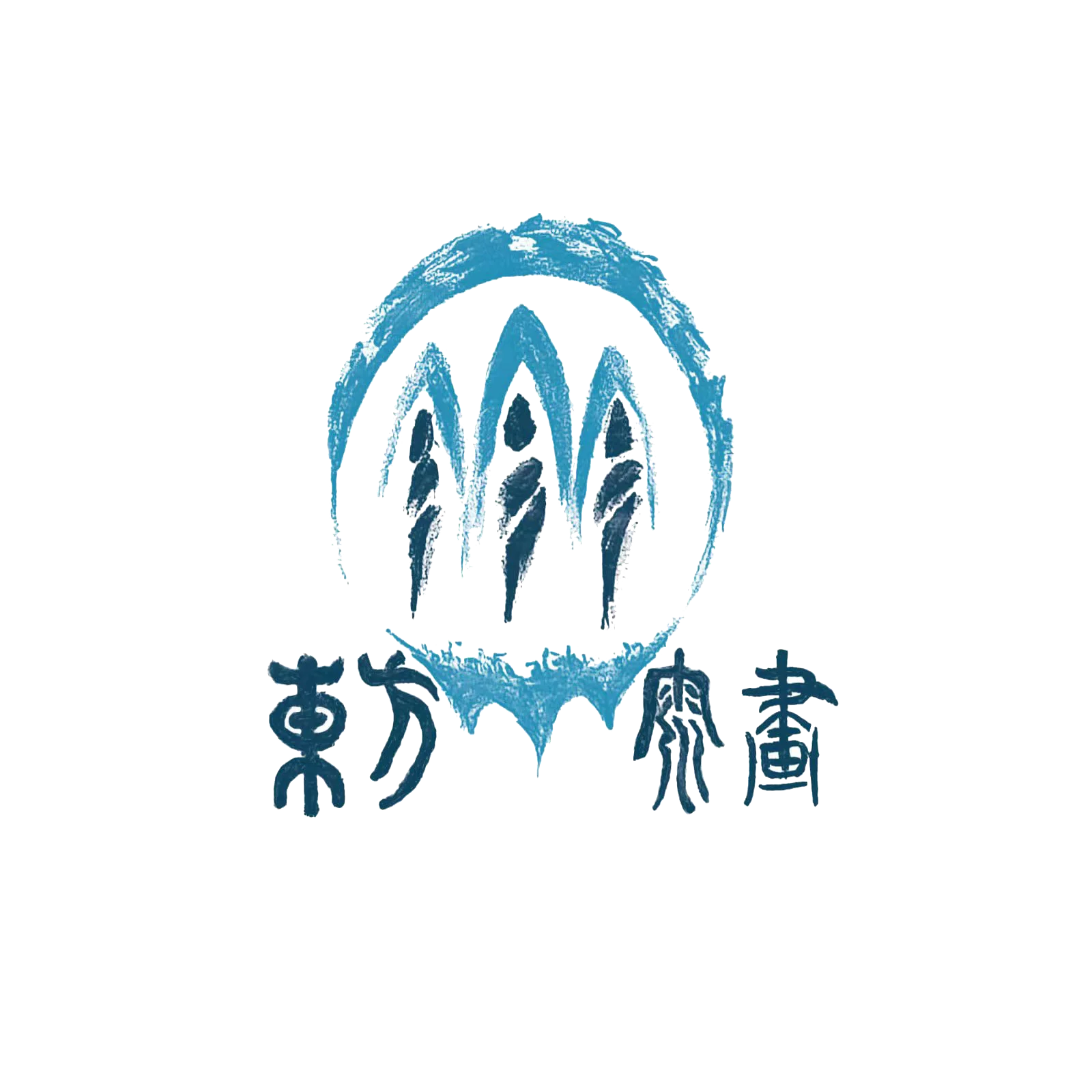
Leave a Reply